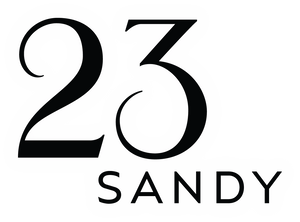| Title | Out of Sorts |
| Press Name | Scripps College Press |
| Place of Publication | Claremont, CA |
| Publication Date | 2012 |
| Process / Technique | Letterpress |
| Structure / Binding | The sheets of Rives BFK paper are folded into signatures which are sewn over Tyvek-reinforced tapes with gold thread and are attached to the covers. |
| Paper Stock | Rives BFK |
| Typography | Gill Sans |
| Dimensions (WxHxD) | 9 x 12 inches |
| Edition Size | Edition of 103 |
| Box / Wrapper | Presented in a acrylic slipcase. |
| Signed & Numbered | Yes |
The 1000-year history of type manufacturing is full of surprises.
- In China and Korea, movable type was developed in clay, wood and other materials hundreds of years before Gutenberg's famous printed Bible.
- Recent investigations at Princeton University have even cast doubt on Gutenberg's hand mould process, showing evidence of a different method of casting type.
- Although European methods for metal typecasting of Arabic type were developed within 65 years of the publication of Gutenberg's Bible, Islamic countries did not allow books printed in metal until the 19th century: the calligraphic tradition was strongly supported by the state.
- Type for computers today continues to be made by "typefoundries," though the methods are programmatic rather than carved punches hammered into a copper matrix for casting.
Artist Bio
The Scripps College Press was founded in 1941 as an experimental typographic laboratory. In 1986 Kitty Maryatt became the Director of the Press and instituted a new program of collaborative class books. Two letterpress books are produced each year by the Typography class. The class supported by the Press is entitled Typography and the Book Arts. Students from all five of the Claremont Colleges are allowed to attend. The premise of the class is that all students will learn the highest standards of typography and printing by publishing their own books. These neophyte students are asked to write on a given subject, make imagery, design the layout, hand set the metal type, print the book by letterpress and bind the edition of about 100 copies, all in one semester.
